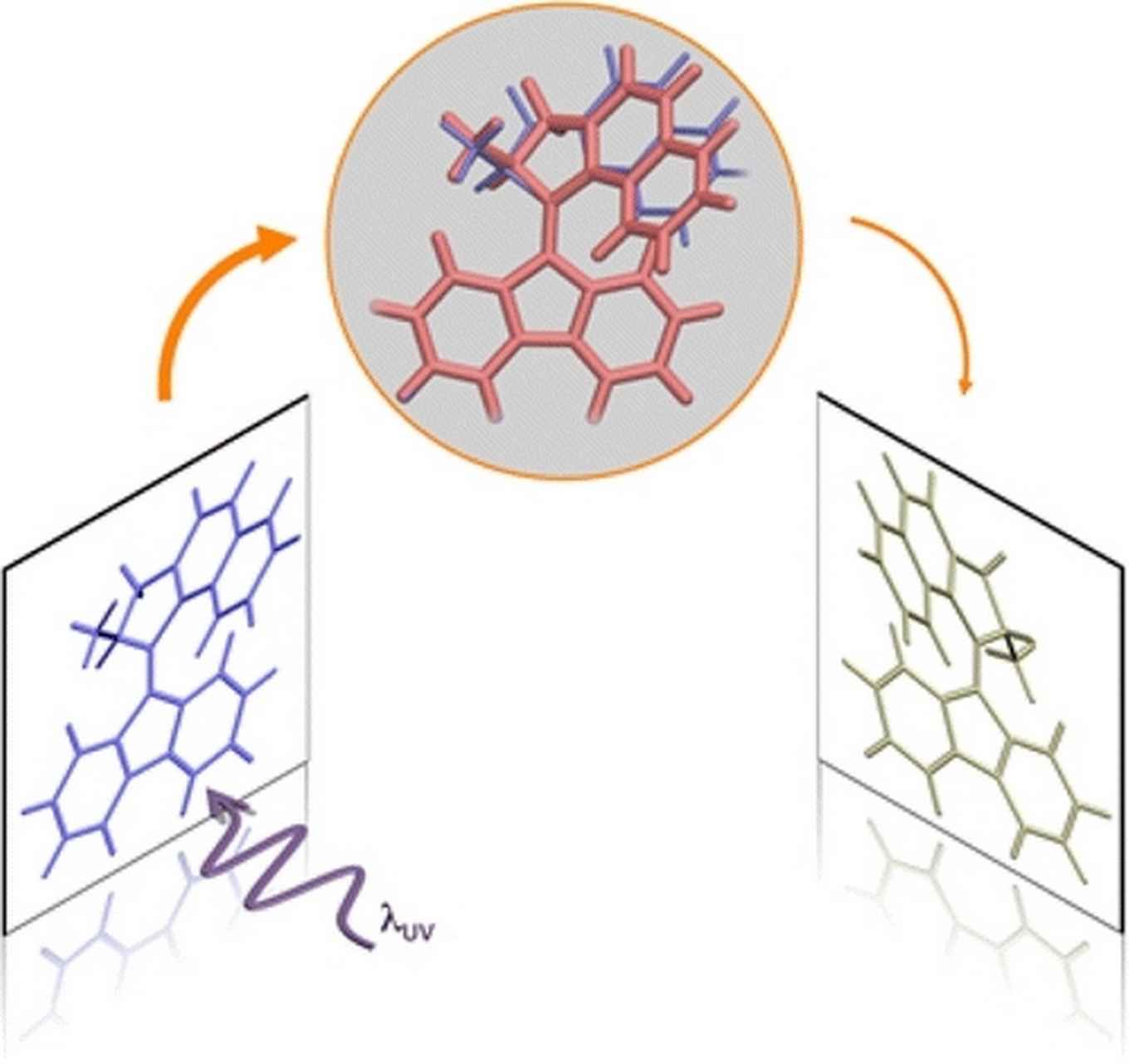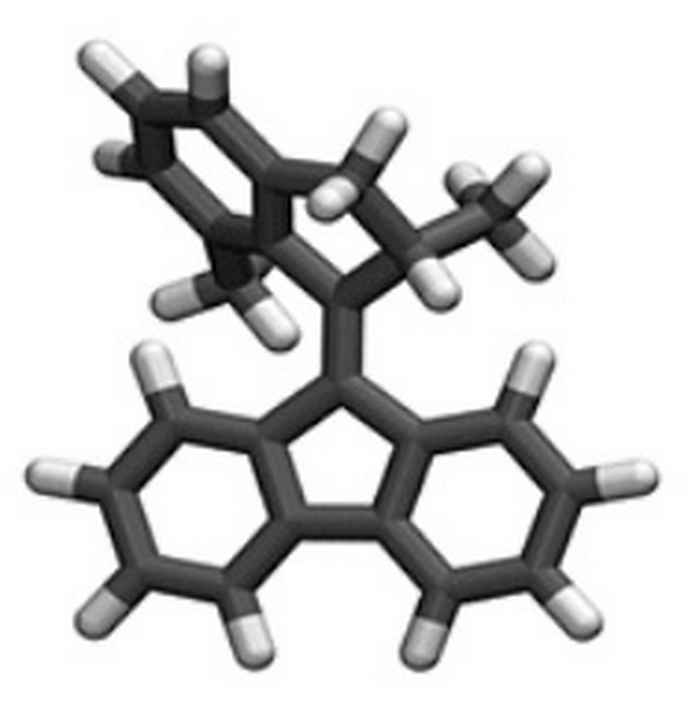Surprising finding under the hood of molecular motors
Amsterdam chemists detect minor stutter by means of ultrashort infrared pulses and quantum chemical calculation
15 November 2016

The results are published in this week's edition of Journal of Physical Chemistry A in cooperation with molecular motor Nobel laureate Ben Feringa and Wesley Browne, both from Groningen University. The article has been designated Editor's Choice.
Cranking with light
The Amsterdam researchers Dr Saeed Amirjalayer and professors Wybren Jan Buma and Sander Woutersen investigated Feringa's light-driven molecular motors consisting of a rotor and a stator, connected by means of a double covalent bond. Such a bond is generally very rigid, but this changes in the first crucial step of the operation of the molecular motor when the absorption of a UV-photon 'cranks' the engine.

It is generally thought that this photon absorption changes the distribution of the electrons in the molecule in such a way that the double bond is ‘loosened up’. As a result, the rotor and stator can rotate much easier with respect to each other. This electronic excitation of double bonds is seen in many other cases, for instance in retinal molecules in our eye, providing us with sight. Or in sunscreen, where it renders UV-light harmless by rapidly converting it to heat.
Motor in a 'dark state'
To obtain detailed insight into the cranking process postdoc researcher Saeed Amirjalayer developed a method to determine the molecular structure directly after the absorption of the UV-photon. He used extremely short pulses of infrared light (with a duration of less than a trillionth of a second) to measure the vibration frequencies of the motor molecule. Since these frequencies are a fingerprint of the molecular structure of the motor, he was able to obtain superfast 'snapshots' of the molecular motor at the onset of its rotational movement.
Surprisingly, these snapshots did not at all reflect the exited electronic configuration that was thought to enable the rotation. Quantum chemical calculations revealed what did in fact happen: although the molecular motor at first indeed reaches the expected excited state, it almost instantaneously changes into another electronic configuration that is not accessible by UV-light absorption. This configuration is therefore referred to as a 'dark state'. Amirjalayer determined that in this 'dark state' the rotor and stator are ever so slightly rotated. Only when an energy barrier has been overcome, which takes a few trillionths of a second, the motor can rotate further. Whether it continues its rotation, or rotates back to its original position (resulting in no effective movement at all) depends on the amount of rotation of the motor in its 'dark state'.
Improving molecular machines
The 'dark state' thus leads to a short stutter at the onset of its rotational movement and influences the efficiency of the molecular motor. 'This knowledge is very relevant for the design of the next generation of these motors', says Saeed Amirjalayer. 'To improve the cranking one should focus on the 'dark state', and not on the excited electronic state that was the focus of attention so far. Our experiments and calculations show how this can be done in the best way possible.'
Animation of the rotating molecular machine. Credit: RUG.
Publication
Saeed Amirjalayer, Arjen Cnossen, Wesley R. Browne, Ben L. Feringa, Wybren J. Buma, and Sander Woutersen: Direct observation of a dark state in the photocycle of a light-driven molecular motor. J. Phys. Chem. A 2016, 120, 8606-8612 DOI: 10.1021/acs.jpca.6b09644